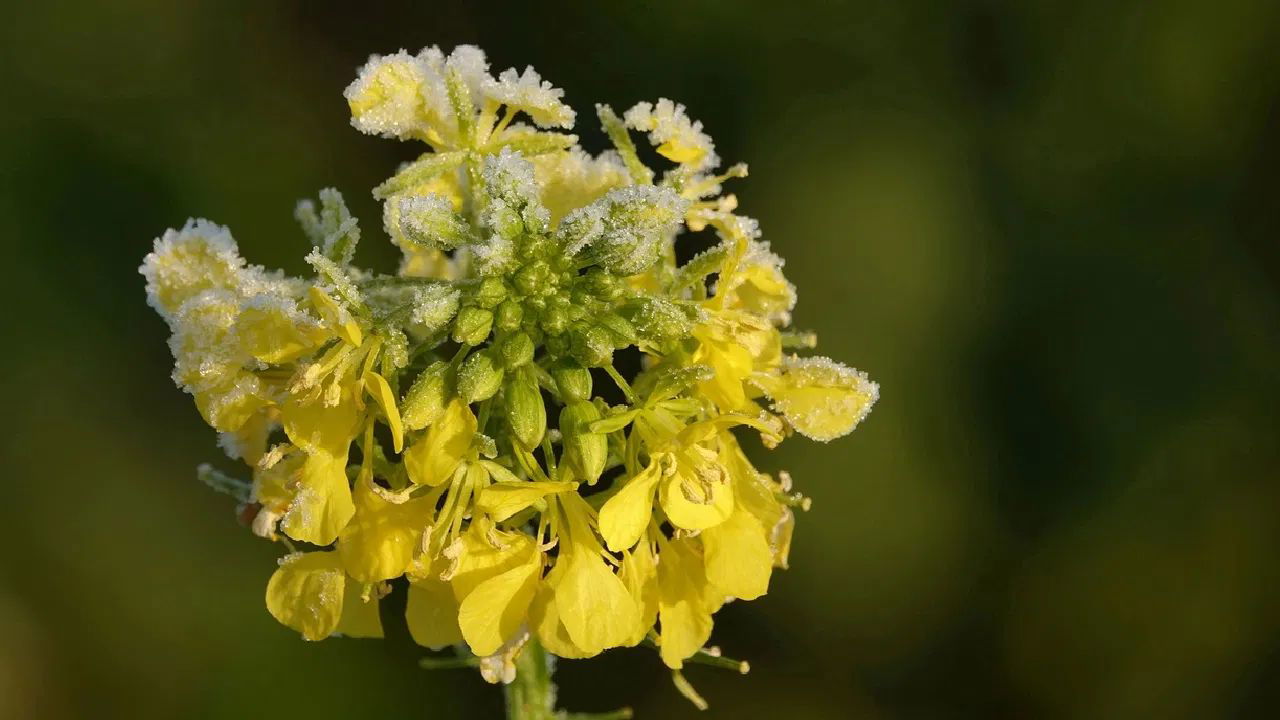
National Mustard Day is a perfect occasion to appreciate the significant advancements in rapeseed-mustard cultivation. In India, rapeseed-mustard is a vital component of the oilseed industry, contributing to the country's agricultural economy and food security. The Indian Council of Agricultural Research (ICAR)-Directorate of Rapeseed-Mustard Research (DRMR) has been instrumental in developing improved mustard varieties to meet the challenges of changing climates and the growing demand for oilseeds.
Why Improved Mustard Varieties Matter
Mustard is not only a beloved condiment but also a crucial oilseed crop in India. The development of improved varieties has focused on increasing yield, enhancing oil content, and building resistance against pests and diseases. These varieties are tailored to thrive in specific zones across India, ensuring farmers can cultivate them under diverse conditions.
Spotlight on Some Key Varieties
NRCDR 2 (Indian Mustard)
-
Zone: Delhi, Haryana, Jammu & Kashmir, Punjab, Rajasthan
-
Features: Adapts well to irrigated conditions, yielding 1951-2626 kg/ha with an oil content of 36.5-42.5%. It's resilient to high temperatures and diseases like white rust and Alternaria blight.
NRCHB-506 Hybrid (Indian Mustard)
-
Zone: Rajasthan, Uttar Pradesh
-
Features: Known for high oil content (38.6-42.5%), this variety yields 1550-2542 kg/ha. It's a great choice for increasing oil yield.
NRCDR 601 (Indian Mustard)
-
Zone: Zone II (e.g., Delhi, Haryana)
-
Features: Offers yields of 1939-2626 kg/ha with an oil content of 38.7-41.6%. It thrives in salinity and high temperatures, resisting major diseases.
DRMRIJ-31 (Giriraj) (Indian Mustard)
-
Zone: Zone II (e.g., Rajasthan, Haryana)
-
Features: High-yielding variety (2225-2750 kg/ha) with bold seeds and an oil content of 39-42.6%. It's ideal for high yield potential.
NRCYS-05-02 (Yellow Sarson)
-
Zone: Suitable for various regions
-
Features: Medium-height plants yield 1239-1715 kg/ha. It boasts a high oil content of 38.2-46.5%.
DRMR 2017-15 (Radhika) (Indian Mustard)
-
Zone: Zone II (e.g., Delhi, Punjab)
-
Features: Resistant to several diseases, with an average yield of 1788 kg/ha and oil content of 40.7%.
On National Mustard Day, we celebrate not the scientific advancements that help sustain this essential crop. The hard work of researchers and farmers ensures that mustard continues to play a vital role in our kitchens and fields. The improved varieties of rapeseed-mustard highlight the synergy between tradition and innovation. They reflect the ongoing commitment to enhancing agricultural productivity, ensuring that mustard remains a staple in Indian households.
















